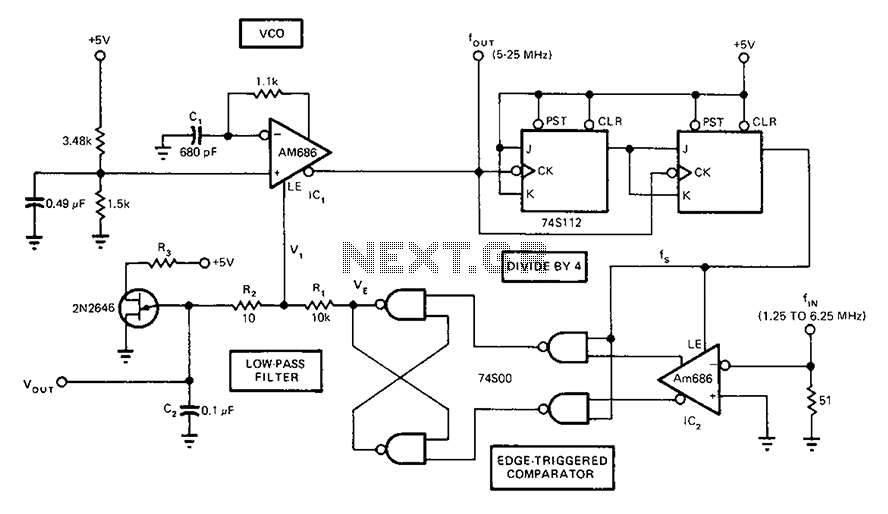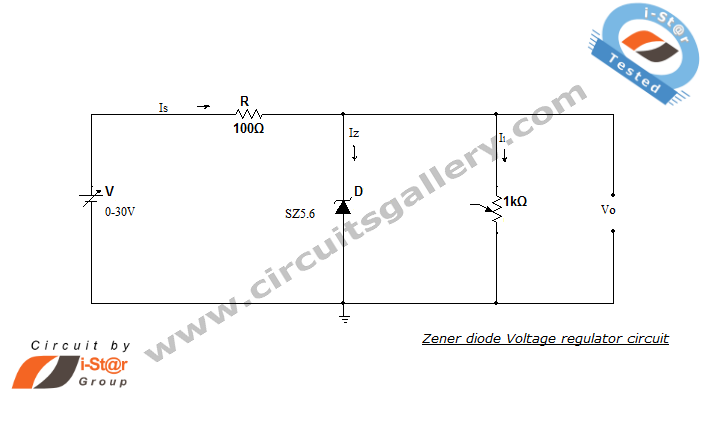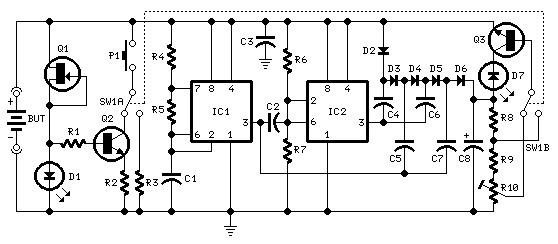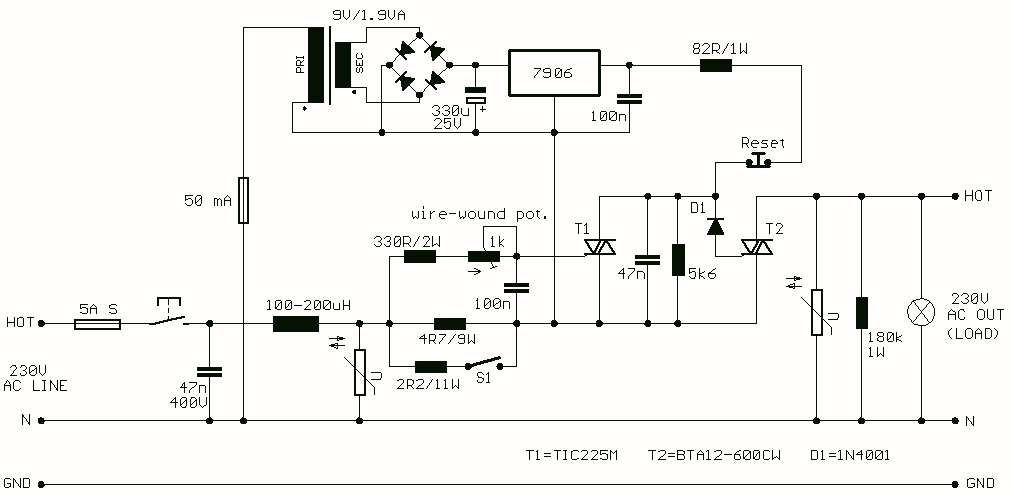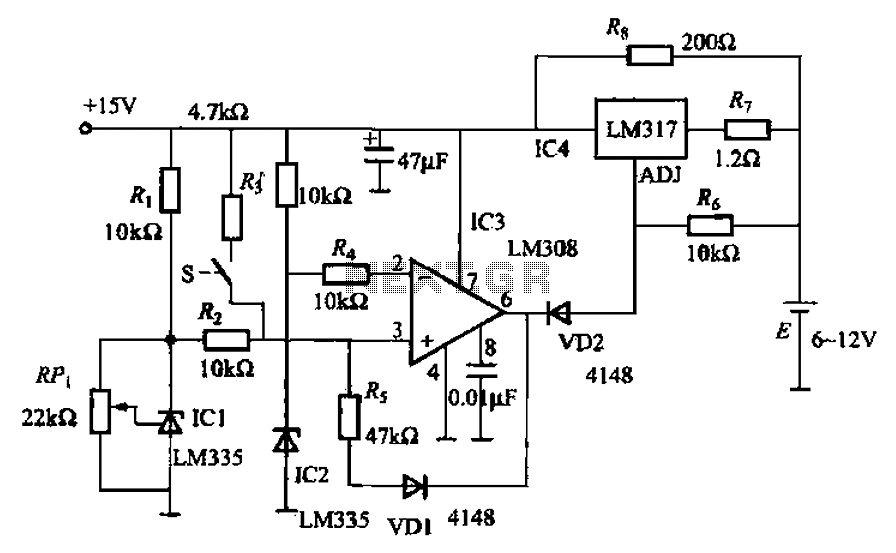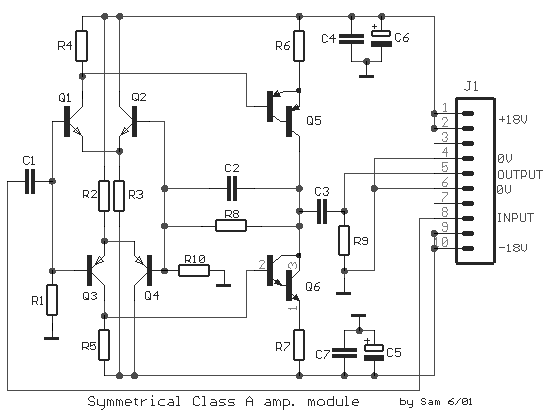
Fast Symmetrical Zener Clipper
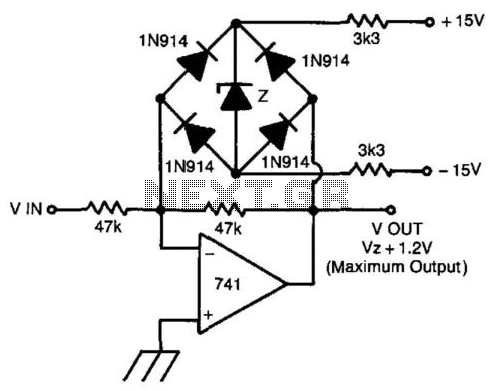
The issue with utilizing two Zener diodes in series for symmetrical clamping is that the knee of the Zener characteristics is imprecise. Additionally, charge storage within the Zeners can lead to speed issues, and the Zeners may exhibit slightly different knee voltages, resulting in poor symmetry. This circuit addresses these challenges. By incorporating the Zener diode within a diode bridge, a consistent Zener voltage is maintained. The voltage discrepancies introduced by the diodes are significantly smaller than those associated with the Zener diodes. Furthermore, the charge storage associated with the bridge is considerably reduced. By keeping the Zener diode biased ON continuously, the knee of the voltage characteristic appears much sharper.
This circuit design effectively resolves the limitations associated with traditional Zener diode configurations for symmetrical clamping. The inclusion of a diode bridge allows for improved voltage regulation, as it ensures that the same Zener voltage is consistently applied across the load. This is particularly advantageous in applications where precise voltage control is critical.
The diode bridge consists of four diodes arranged in a configuration that allows for bidirectional current flow. This arrangement facilitates the rectification of AC signals and ensures that the Zener diode operates within its optimal voltage range, thus minimizing the impact of voltage drops across the diodes. The reduced charge storage in the diode bridge is a significant improvement, as it mitigates the potential for delays in response time, which can be critical in fast-switching applications.
Biasing the Zener diode ON continuously enhances the sharpness of the knee in the Zener voltage characteristic. This results in a more defined transition between the breakdown region and the normal operating region, which is essential for achieving reliable clamping performance. The overall circuit design not only addresses the issues of voltage discrepancies and charge storage but also enhances the speed and accuracy of voltage clamping, making it suitable for a variety of electronic applications where stability and precision are paramount. The problem with using two zeners back to back in series to get symmetrical clamping is that the knee of the zener characteristics is rather sloppy. Also, charge storage in the zeners causes speed problems and the zeners will have slightly different knee voltages, so the symmetry will not be all that good. This circuit overcomes these problems. By putting the zener inside a diode bridge, the same zener voltage is always experienced. The voltage errors caused by the diodes are much smaller than those caused by the zener. Also, the charge storage of the bridge is much less. By biasing the zener ON all the time, the knee appears to be much sharper. 🔗 External reference
This circuit design effectively resolves the limitations associated with traditional Zener diode configurations for symmetrical clamping. The inclusion of a diode bridge allows for improved voltage regulation, as it ensures that the same Zener voltage is consistently applied across the load. This is particularly advantageous in applications where precise voltage control is critical.
The diode bridge consists of four diodes arranged in a configuration that allows for bidirectional current flow. This arrangement facilitates the rectification of AC signals and ensures that the Zener diode operates within its optimal voltage range, thus minimizing the impact of voltage drops across the diodes. The reduced charge storage in the diode bridge is a significant improvement, as it mitigates the potential for delays in response time, which can be critical in fast-switching applications.
Biasing the Zener diode ON continuously enhances the sharpness of the knee in the Zener voltage characteristic. This results in a more defined transition between the breakdown region and the normal operating region, which is essential for achieving reliable clamping performance. The overall circuit design not only addresses the issues of voltage discrepancies and charge storage but also enhances the speed and accuracy of voltage clamping, making it suitable for a variety of electronic applications where stability and precision are paramount. The problem with using two zeners back to back in series to get symmetrical clamping is that the knee of the zener characteristics is rather sloppy. Also, charge storage in the zeners causes speed problems and the zeners will have slightly different knee voltages, so the symmetry will not be all that good. This circuit overcomes these problems. By putting the zener inside a diode bridge, the same zener voltage is always experienced. The voltage errors caused by the diodes are much smaller than those caused by the zener. Also, the charge storage of the bridge is much less. By biasing the zener ON all the time, the knee appears to be much sharper. 🔗 External reference
Warning: include(partials/cookie-banner.php): Failed to open stream: Permission denied in /var/www/html/nextgr/view-circuit.php on line 713
Warning: include(): Failed opening 'partials/cookie-banner.php' for inclusion (include_path='.:/usr/share/php') in /var/www/html/nextgr/view-circuit.php on line 713
